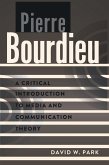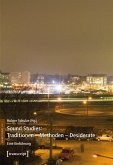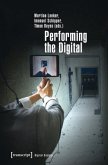In much recent theory, the media are described as ephemeral, ubiquitous, and de-localized. Yet the activity of modern media can be traced to spatial centers that are tangible enough - some even monumental. This book offers multidisciplinary and historical perspectives on the buildings of some of the world's major media institutions. Paradoxically, as material and aesthetic manifestations of "mediated centers" of power, they provide sites to the siteless and solidity to the immaterial. The authors analyse the ways that architectural form and organization reflect different eras, media technologies, ideologies, and relations with the public in media houses from New York and Silicon Valley to London, Moscow, and Beijing.
«The fascinating studies of the architecture of 'media houses' - the head-office buildings of powerful media corporations - brought together in this edited book, make a strikingly original contribution to current debates about the power of so-called 'central media'. Together they are a significant addition to our understanding of the ways in which the spaces and places of central media institutions contribute to defining the common, globalized world of the early twenty-first century. A 'must-read' for all of us concerned with global media today.» (Paddy Scannell, University of Michigan)
«This collection follows a wonderfully original pathway to understanding media: through the buildings that house them. The book offers a harvest of insight about the historical and cultural footprint of media by reading the built environments of media institutions in a diverse array of nations, styles, and moments.» (John Durham Peters, University of Iowa)
«This collection follows a wonderfully original pathway to understanding media: through the buildings that house them. The book offers a harvest of insight about the historical and cultural footprint of media by reading the built environments of media institutions in a diverse array of nations, styles, and moments.» (John Durham Peters, University of Iowa)








